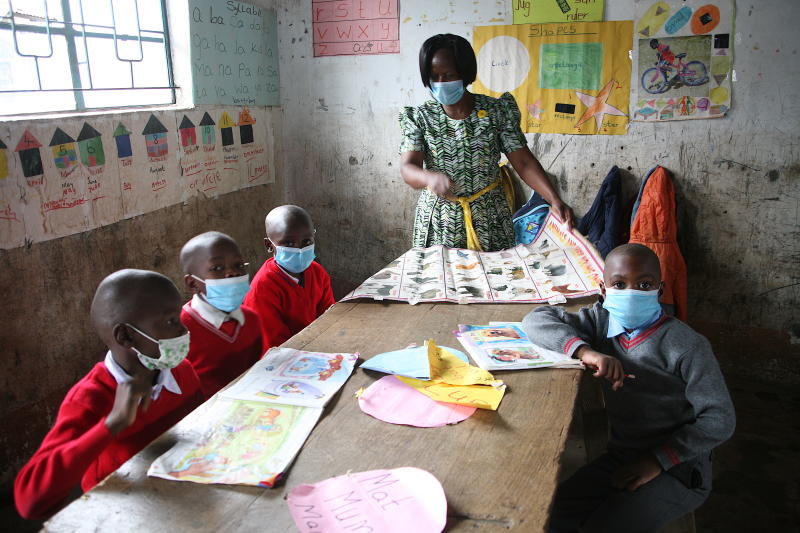
Urbanisation is taking place at a fast pace in Kenya, just like the rest of Africa. Going by UN estimates, around 60 per cent of the population in Nairobi lives in urban slums. Urbanisation can result in more opportunities and growth. However, if no proper governance structures are put in place, it may also cause challenges.
As we marked the Global Action Week for Education (GAWE) 2021, the plight of children in informal settlements was highlighted. GAWE is an annual campaign organised by the Global Campaign for Education in support of the human right to quality, inclusive, universal education. The theme for the 2021 GAWE is Education Financing.